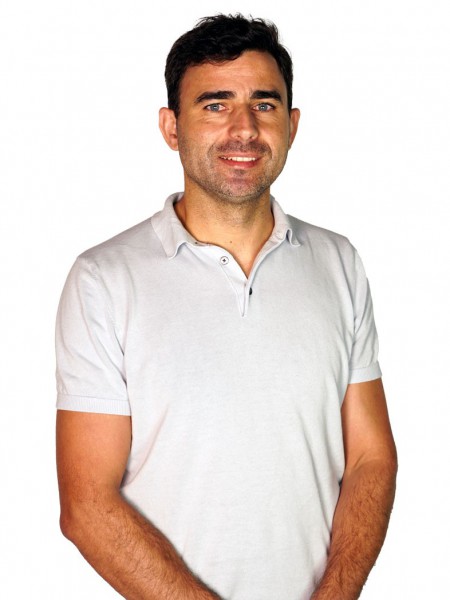abstract
In this study, transparent Schottky heterojunction thin films composed of SnO₂ and Au nanoparticles (Au NPs) were developed and applied for the photocatalytic degradation of ciprofloxacin (CIP) under UV light. The SnO₂-Au NPs films achieved a 75% degradation of CIP and 70% total organic carbon (TOC) mineralization within 180 minutes using only 0.02 g/L of catalyst, highlighting their exceptional efficiency compared to conventional powder-based systems. The incorporation of Au NPs significantly enhanced charge separation and reduced electron-hole recombination, as confirmed by structural and optical analyses. Optimal photocatalytic activity was observed at pH 7, following pseudo-first-order kinetics. Scavenger tests and fluorescence probing confirmed that hydroxyl radicals (•OH) and superoxide radicals (O₂•−) were the primary active species. QTOF-MS identified five degradation intermediates, suggesting mechanisms involving defluorination, hydroxylation, and ring cleavage. In silico toxicity assessments showed reduced toxicity for most transformation products. The catalyst exhibited high stability and reusability over four cycles without detectable leaching, indicating strong potential for sustainable water treatment applications.
authors
J.G. Cuadra, S. Molina-Prados, Gladys Mínguez-Vega, L.A. Abderrahim, J.Colombari, J.B.Carda, Nuno P.F. Gonçalves, R.M.Novais, J.Labrincha
our authors
Projects
CICECO - Aveiro Institute of Materials (UIDB/50011/2020)
CICECO - Aveiro Institute of Materials (UIDP/50011/2020)
Associated Laboratory CICECO-Aveiro Institute of Materials (LA/P/0006/2020)
3D Printed Fouling-Resistant Photoactive Membranes for Wastewater Treatment (PURAQUA)
acknowledgements
Jaime Gonzalez Cuadra gratefully acknowledges the support received through the postdoctoral contract (CIAPOS/2023/425) and the predoctoral contract (CIACIF/2022/277), both co-funded by the Valencian Community Government and the European Social Fund. This work has also been supported by the Spanish Ministry of Science and Innovation through grant PRE2020-094889, funded by MCIN/AEI/10.13039/501100011033 and “ESF Investing in your future,” as well as through project PID2022-142907OB-I00, financed by MCIN/AEI/10.13039/501100011033 and “ERDF A way of making Europe.” Funding from the Generalitat Valenciana through project CIPROM/2023/44 is also gratefully acknowledged. The authors would like to express their gratitude to the “Serveis Centrals d’Instrumentació Científica” (SCIC) of the Universitat Jaume I for providing access to the laser facilities. This work was carried out within the framework of the CICECO – Aveiro Institute of Materials, through projects UIDB/50011/2020 (DOI: 10.54499/UIDB/50011/2020), UIDP/50011/2020 (DOI: 10.54499/UIDP/50011/2020), and LA/P/0006/2020 (DOI: 10.54499/LA/P/0006/2020), financed by national funds via FCT/MCTES (PIDDAC). Nuno Gonçalves acknowledges funding from the European Union’s Horizon Europe research and innovation programme under the Marie Skłodowska-Curie Actions (PF grant agreement No. 101065059), as well as from FCT under contract 2022.06593.CEECIND/CP1720/CT0024 (DOI: 10.54499/2022.06593.CEECIND/CP1720/CT0024). The authors are sincerely grateful to the Ajuntament de Vila-real for their support through the Cátedra de Innovación Cerámica ‘Ciutat de Vila-real’, and to the Solid State Chemistry Research Group of the Universitat Jaume I for their invaluable contributions. Additional support was provided by the Valencian Agency for Research through project INNEST/2024/420 and by the State Research Agency via the TED2021-130963B-C22 project (AEI/10.13039/501100011033/European Union NextGenerationEU/PRTR). The authors also acknowledge support from the Spanish Ministry of Science and Innovation through project PID2020-116719RB-C43 (MCIN/AEI/10.13039/501100011033).





